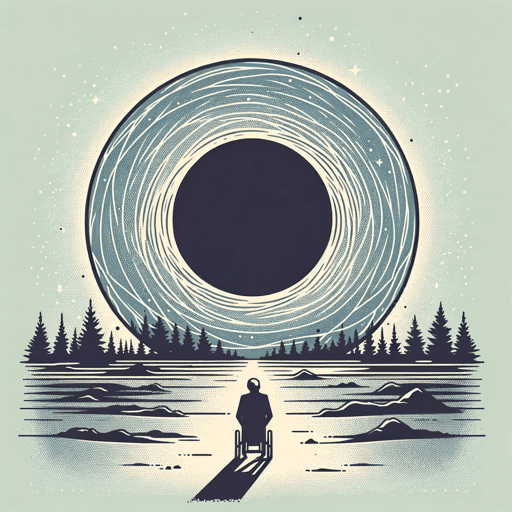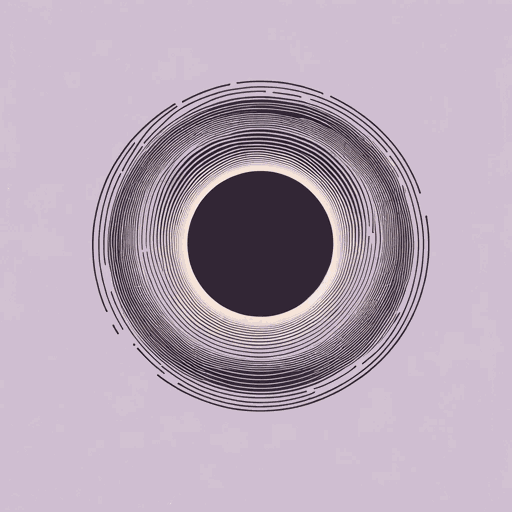54 pages • 1 hour read
Stephen HawkingBrief Answers to the Big Questions
Nonfiction | Book | Adult | Published in 2018A modern alternative to SparkNotes and CliffsNotes, SuperSummary offers high-quality Study Guides with detailed chapter summaries and analysis of major themes, characters, and more.
Chapter 5Chapter Summaries & Analyses
Chapter 5 Summary: “What Is Inside a Black Hole?”
In 1783, John Michell of England imagined stars so big that light cannot escape their gravity. He called them “dark stars,” and today they’re called black holes. Einstein and others believed that stars wouldn’t collapse beyond a certain point that bends space and time out of existence, but during the 1950s and 1960s, John Wheeler proved that they could. With enough density, such stars shrink down to a single, infinitely dense point called a singularity.
The first singularities were discovered during the early 1960s. They were called quasars because of the bright radiation released around them. Black holes otherwise all look the same, in that the contents within them are invisible since even particles of light can’t escape them within a certain distance from the singularity, a distance called the event horizon.
A black hole that’s a few times the sun’s mass would tear apart anything approaching its event horizon. A human would be stretched violently and “made into spaghetti” (106). A huge black hole with the volume of a million suns, though, would absorb a person gently. Outsiders would see that explorer slow down near the event horizon until fading from view. Once inside the black hole, the explorer would soon be crushed down into the singularity.
Related Titles
By Stephen Hawking



